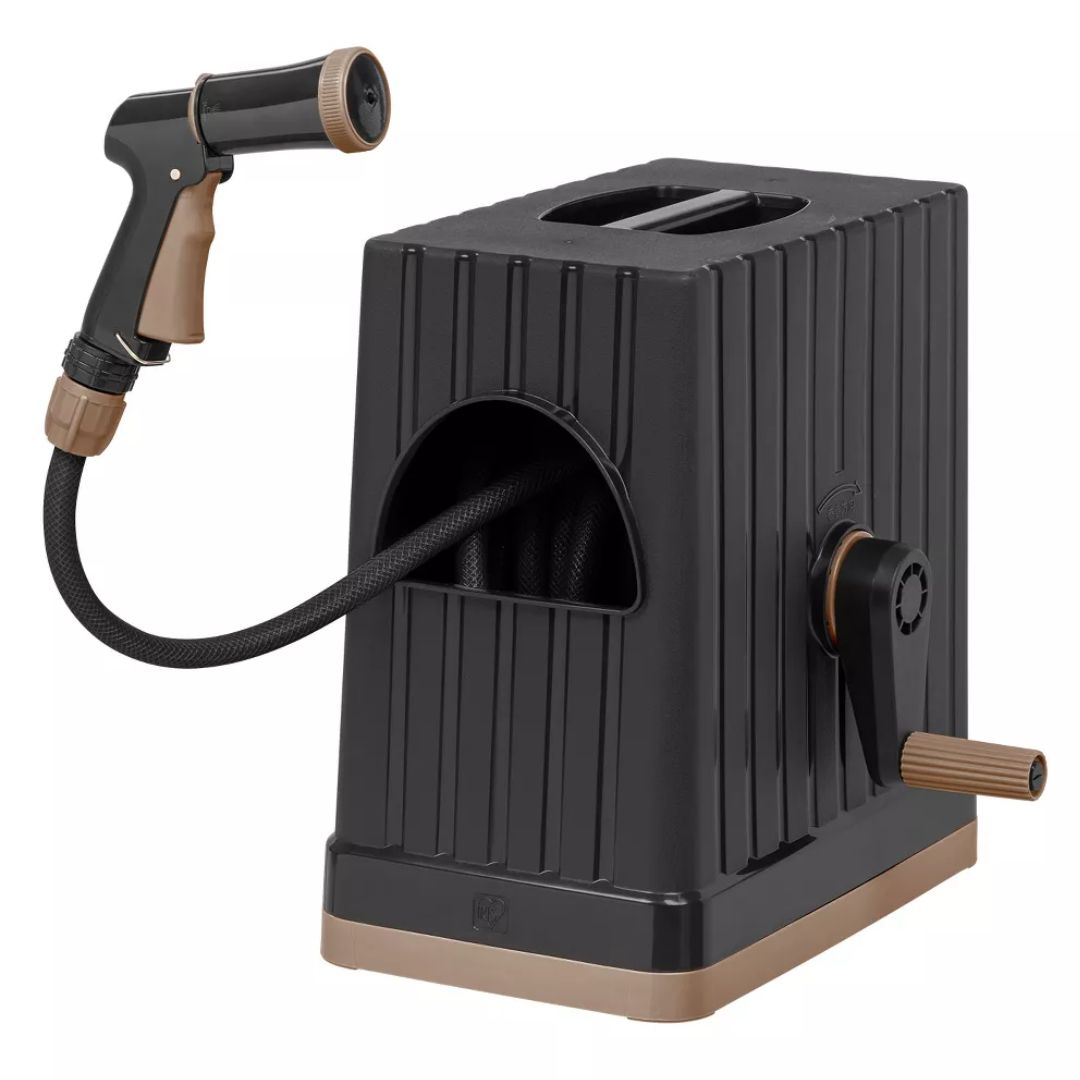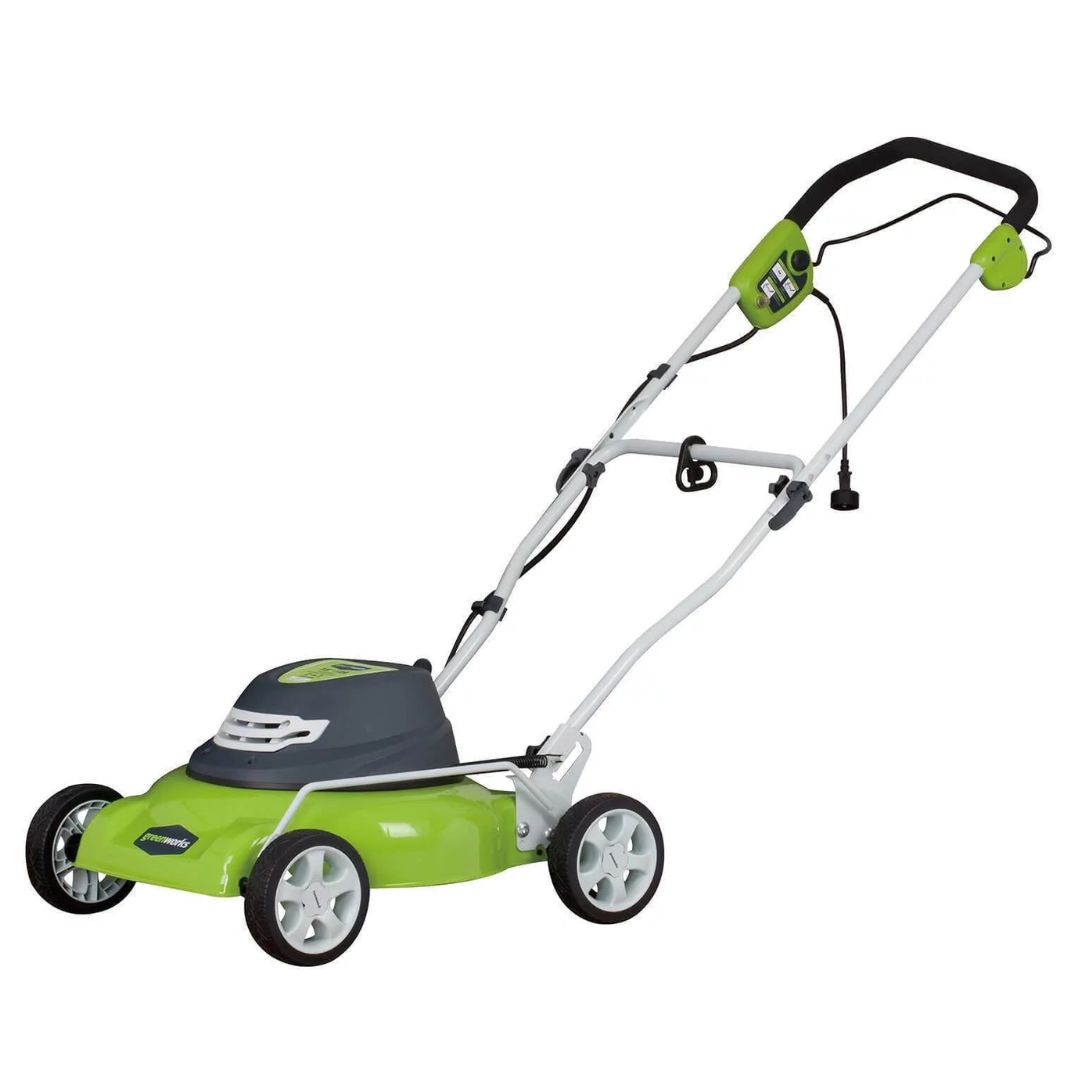4 Lawn Care Tasks You Need To Do in June — Follow These Simple Steps for a Healthy and Green Grass
It's time to revive your lawn ahead of the summer season. Here's what you need to do for your grass to keep it in good shape

With the heat of the sun, the odd downpour and much in bloom, garden tasks can ramp up throughout the summer. One part of the yard that still needs some attention is the lawn.
For healthy grass, the best lawn care for June requires a flexible, yet consistent approach. Of course cool and warm season grasses require different care and maintenance and this will vary across the regions. So we've asked the experts what's best in the different zones. Phil Catron, lawn care expert and founder of NaturaLawn of America tells us: 'Lawn care tasks for the month of June may vary a great deal by location within the United States. The advice for the different regions can be adjusted depending on the weather.'
Here are some lawn care tasks you can follow to get a healthier and well groomed landscape as you ramp up time spent outdoors.
1. Adjust your watering schedule

If you're wondering whether or not you should water a lawn in the evening, this will depend on how much rainfall your region receives during late spring and early summer. A lush green lawn takes a lot of water, so if restrictions are in place, it may be necessary to allow your lawn to go dormant. It will spring back to life as soon as the next rains arrive.
'June marks the beginning of intense heat in the desert Southwest and West regions, so it is essential to adjust your watering schedule accordingly,' says Phil Catron. 'Watering your lawn deeply and infrequently encourages deep root growth and drought resistance. Try to water in the early morning to minimize evaporation and fungal growth. Consider investing in a drip irrigation system or soaker hoses to deliver water directly to the roots and reduce water loss to evaporation'.
He continues: 'This month also typically marks the onset of hotter temperatures in the southern United States, which leads to increased water evaporation and stress on warm-season grasses too,' continues Phil. 'Again, water deeply and infrequently early in the morning, to encourage deep-root growth and drought tolerance. Try to provide about 1 to 1.5 inches of water per week, remembering to adjust the amount based on rainfall and soil moisture levels. Installing a simple rain gauge to monitor rainfall accurately will help you adjust your irrigation schedule accordingly.'
While the northern United States may experience cooler temperatures compared to other regions, the climate can vary widely from state to state. However, Phil Catron states that adequate watering is still essential for maintaining a healthy lawn. 'Adjust your schedule and quantity based on rainfall and soil moisture levels, but aim to provide about 1 to 1.5 inches of water per week in the morning, as this allows the grass to absorb moisture before the heat of the day,' says Phil.
Garden writer and author of, Month-by-Month Gardening New York & New Jersey, Kate Copsey tells us: 'Cool-weather grasses go dormant in long stretches of hot summer days. That green grass can be kept alive by watering well and often, but unless you have just a small patch or in-ground irrigation, this is a lot of work for summer. A weekly 1-inch watering is much better for a lawn than daily sprinkling with the hose or irrigation system. Longer, less frequent watering forces grass roots to grow deeper so they can withstand short-term droughts better'.
2. Check your mower blades
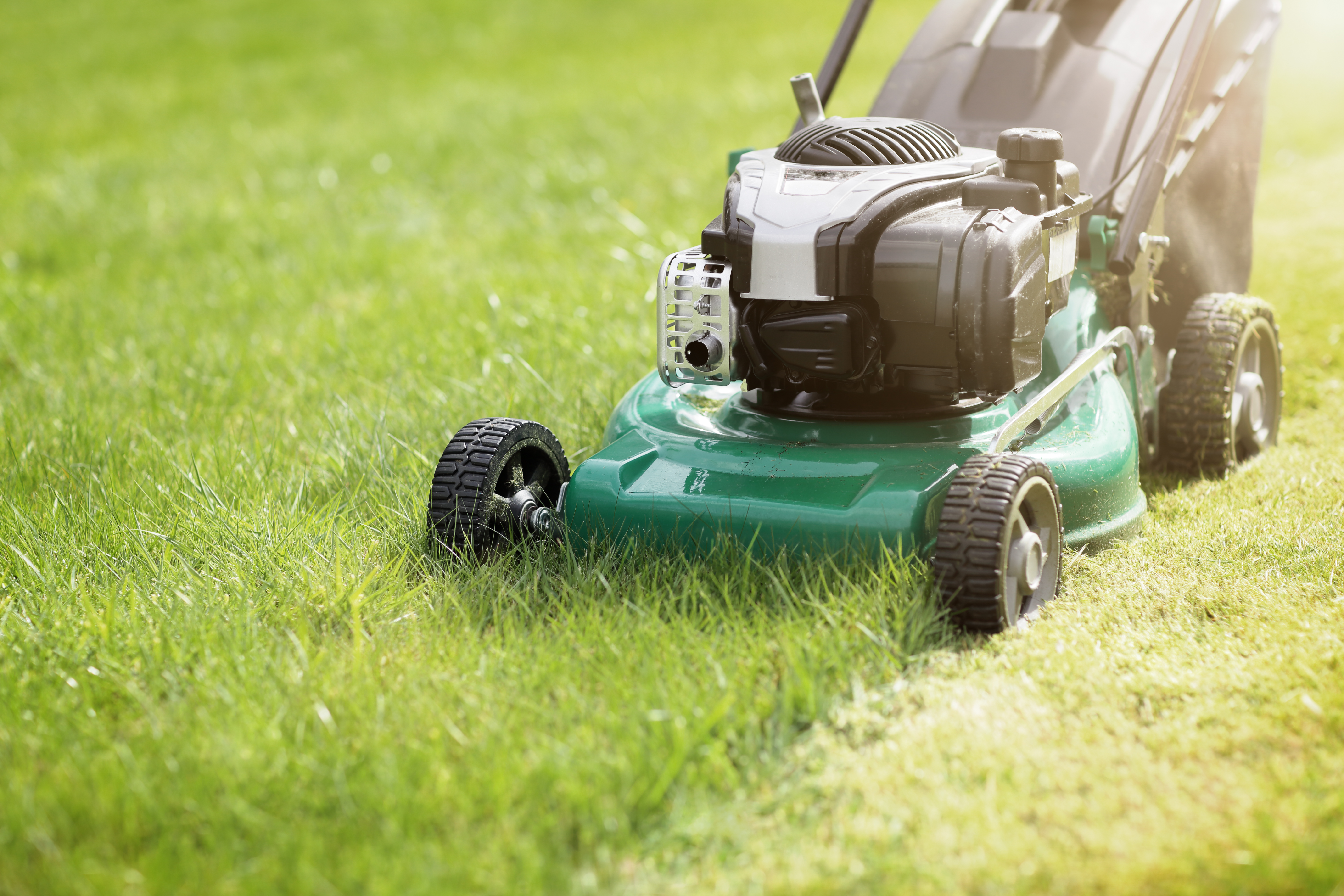
In order to maintain your lawn in June and throughout the summer, you'll need to have the best gardening tools and that means maintaining the health of your lawn mower. Be sure to regularly check on the blades and check to see if it is properly adjusted to right setting for your type of grass.
'Raising the cutting height of your lawn mower to a higher setting during the summer months helps the grass withstand periods of drought and reduces stress on the lawn,' says Tony O'Neill, an expert gardener and founder of Simplify Gardening. 'Taller grass blades help shade the soil, which reduces water evaporation and promotes deeper root growth. This practice contributes to a healthier, more drought-resistant lawn.'
3. Mow high
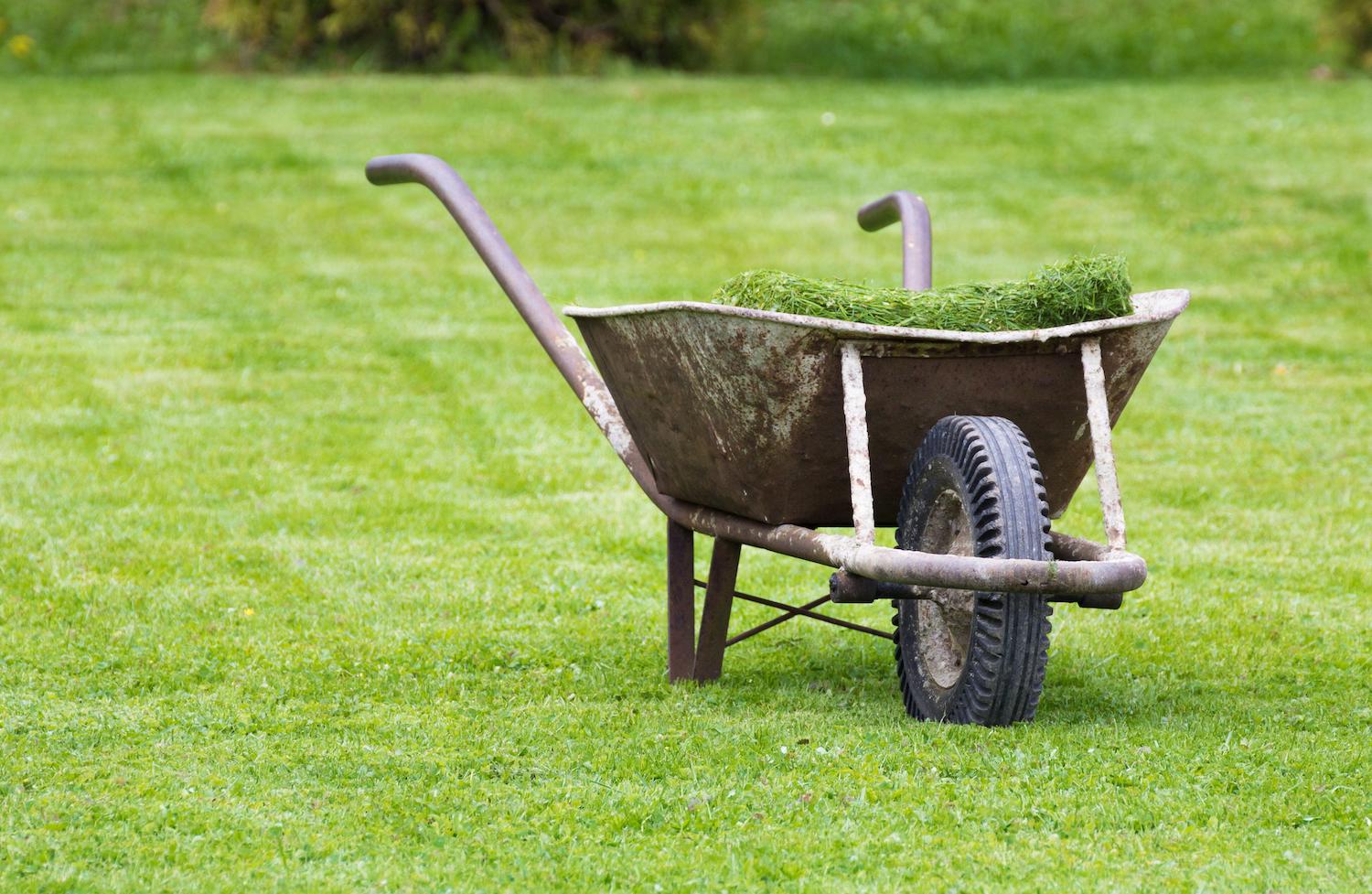
If your lawn has had a growth spurt, your instinct may be to just mow it down. However all gardening experts caution against cutting grass too short, as this does not encourage a healthy, lush lawn.
'In the southern states maintain a regular mowing schedule in June, but be mindful of the height at which you cut your grass,' says Phil Catron. 'For warm-season grasses like Bermuda grass, Zoysia grass, and St. Augustine grass, set your mower blades to a height of around 2.5 to 3.5 inches. Avoid cutting more than one-third of the grass blade length at a time to prevent stress on the grass. Mow when the grass is dry to achieve a cleaner cut, and alternate mowing patterns to prevent soil compaction and encourage upright growth'.
Phil continues: 'Proper mowing practices are vital for promoting a healthy lawn in the northern United States too. During June and July, grass can sometimes go dormant. When this occurs, there’s no need to mow regularly on a weekly basis. Wait until the lawn is growing and moisture returns before bringing the mower back out'.
'If you are irrigating your lawn, then mowing is fine but always maintain the appropriate cutting height, typically between 3 to 4 inches. As with warm-season grasses, avoid cutting more than one-third of the grass blade length and keep mower blades sharp to achieve a clean cut and vary the mowing pattern to promote even growth. Always mow your lawn when the grass is dry to prevent clumping and avoid mowing during the heat of the day to minimize stress on the grass,' he notes.
4. Fertilize warm-season grasses

If you fertilized your cool-season grass in the fall, or spring, many gardeners agree it's not necessary to fertilize your garden right now. In fact, adding unnecessary artificial fertilizer can cause more harm than good. If you're unsure, get a professional soil test done to check the pH and see if it has sufficient levels of nitrogen, phosphorus, and potassium. Alternatively, if you have mowed your lawn, leaving a light layer of clippings will fertilize the soil naturally. 'The only lawns in New York and New Jersey that need fertilizer in June are those that are newly seeded or lawns in cooler geographic areas where they're not yet fertilized,' writes Kate Copsey. 'Most cool-season grasses don’t need much in the way of spring fertilizer.'
Although unlikely, if you do need to fertilize cool-season grass, Phil Catron suggests applying an organic slow-release, balanced fertilizer. 'This will support healthy growth and root development,' he says. 'Watering your lawn lightly after fertilizing helps activate the nutrients and ensure they penetrate the soil effectively.'
Warm-season grasses, which are brown in winter, however are a different story. 'June is an excellent time to fertilize warm-season grasses such as Bermuda grass, St. Augustine grass, and Zoysia grass,' says Phil. 'Apply a slow-release, organic nitrogen fertilizer formulated for Western soils to provide essential nutrients without promoting excessive growth. Always follow the product label for application rates and timing. Avoid fertilizing during periods of drought or extreme heat, as this can stress the grass and increase the risk of fertilizer burn.'
Expert gardener Tony O'Neill says: 'Applying an organic, slow-release fertilizer will nourish your lawn without the harsh chemicals found in many traditional products. Organic lawn care fertilizers improve soil health over time, promoting a lush and healthy lawn. They release nutrients slowly, which ensures that the grass isn't overwhelmed and burnt by a sudden influx of chemicals'.
All in all, June is an important month for your lawn, and often one of the best times to fully enjoy before the real challenges of a hot summer. Getting ahead with these tasks now can really help your grass look its best in the months to come.
Be The First To Know
The Livingetc newsletters are your inside source for what’s shaping interiors now - and what’s next. Discover trend forecasts, smart style ideas, and curated shopping inspiration that brings design to life. Subscribe today and stay ahead of the curve.
Jacky Parker is a London-based freelance journalist and content creator, specialising in interiors, travel and food. From buying guides and real home case studies to shopping and news pages, she produces a wide range of features for national magazines and SEO content for websites
A long-time contributor to Livingetc, as a member of the team, she regularly reports on the latest trends, speaking to experts and discovering the latest tips. Jacky has also written for other publications such as Homes and Gardens, Ideal Home, Red, Grand Designs, Sunday Times Style and AD, Country Homes and Interiors and ELLE Decoration.
-
 The 'New British' Style? This Victorian London Home Embraces Its Owners' Global Background
The 'New British' Style? This Victorian London Home Embraces Its Owners' Global BackgroundWarm timber details, confident color pops, and an uninterrupted connection to the garden are the hallmarks of this relaxed yet design-forward family home
By Emma J Page
-
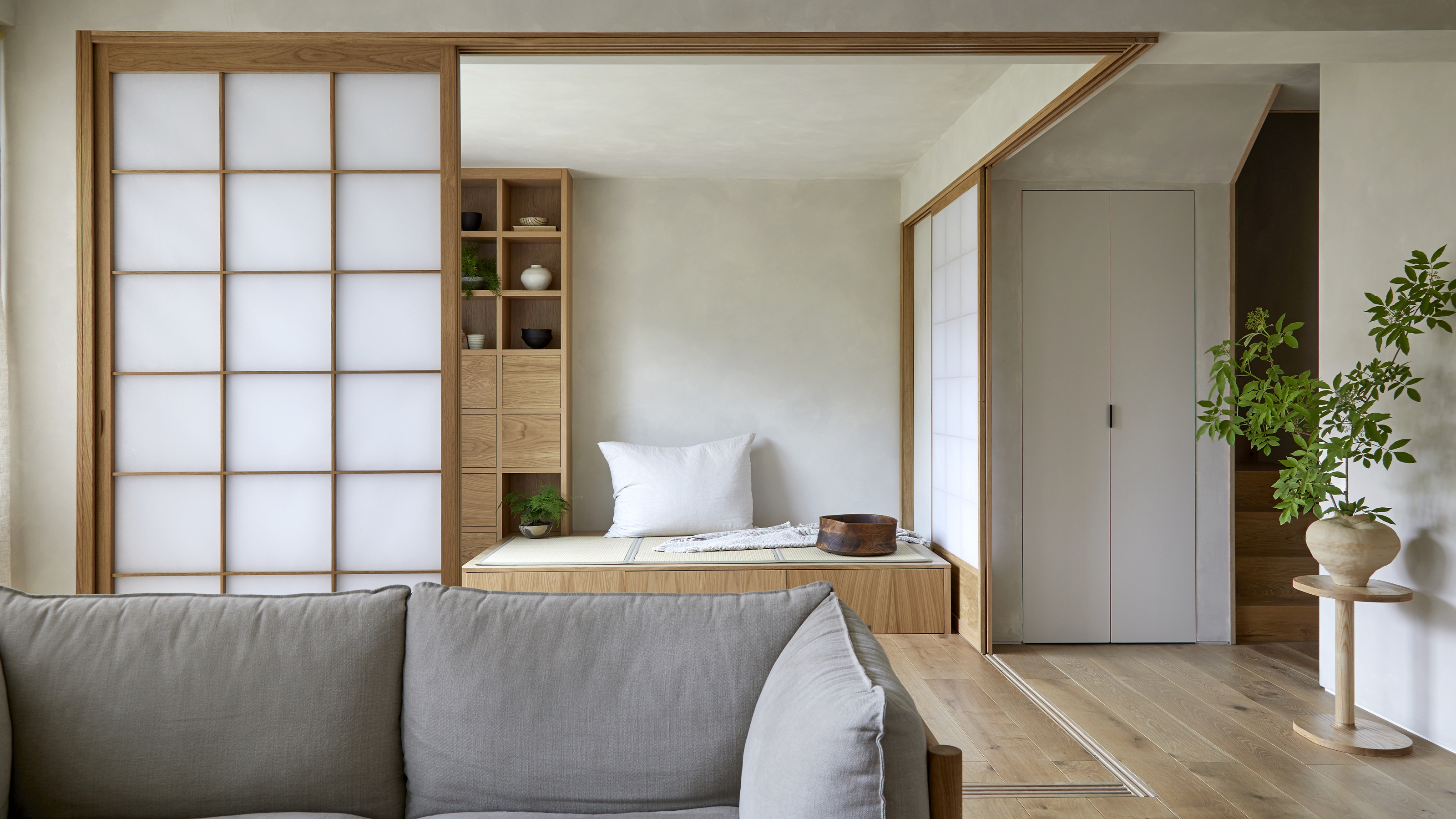 Muji Living Room Ideas — 5 Ways to Harness The Calming Qualities of This Japanese Design Style
Muji Living Room Ideas — 5 Ways to Harness The Calming Qualities of This Japanese Design StyleInspired by Japanese "zen" principles, Muji living rooms are all about cultivating a calming, tranquil space that nourishes the soul
By Lilith Hudson
